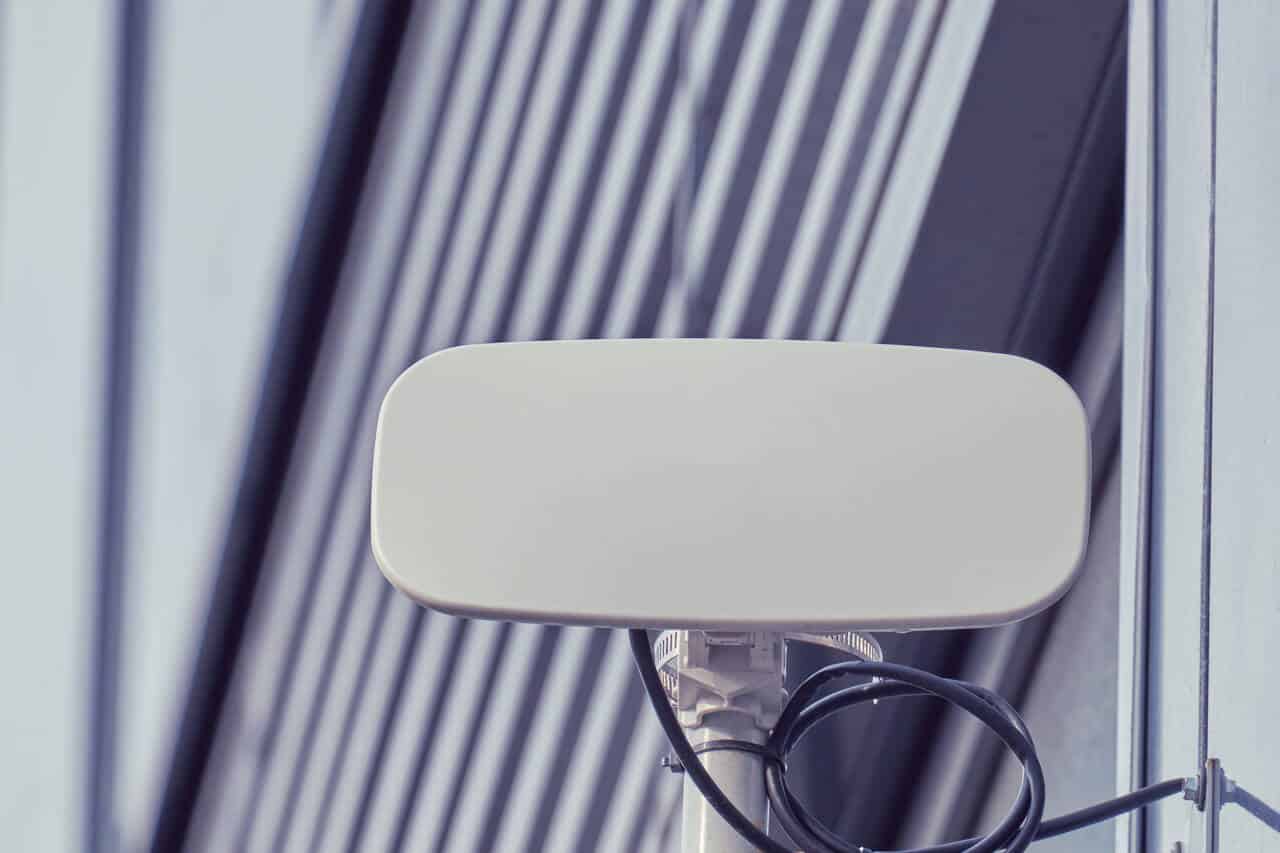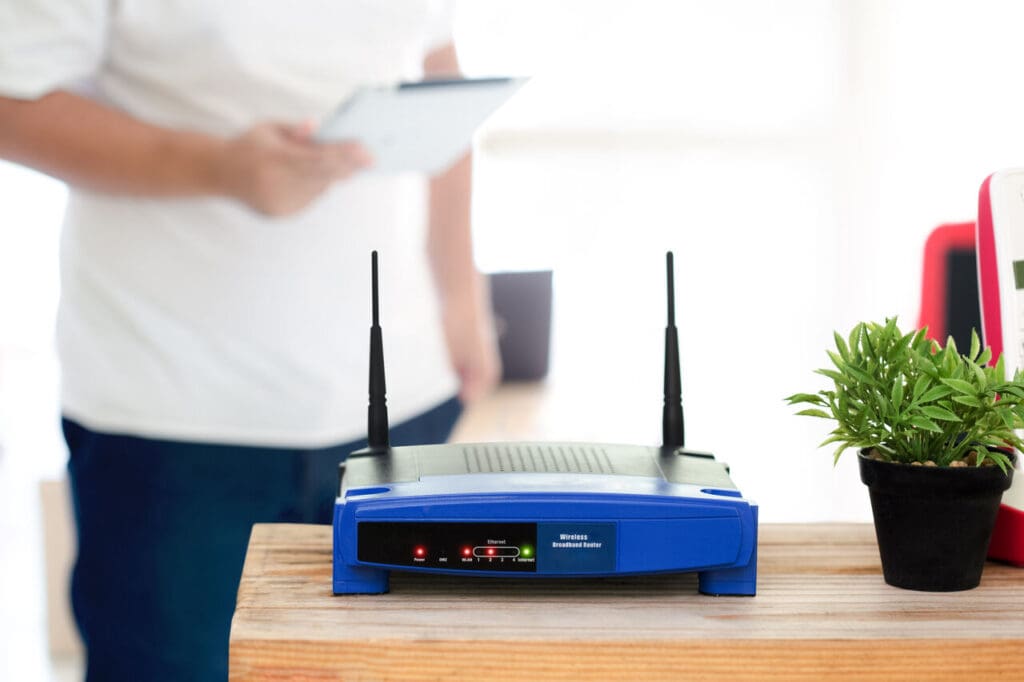
Wireless Network Penetration Testing
Protect your wireless networks from outside attackers
How Does Penetration Testing Work Against Wireless networks?
Brute Force
Strategically planned attacks will be made against your wireless password in an attempt to gain unauthorized access.
Man-In-The-Middle
Man-in-the-middle attacks leverage a specially crafted access point to capture and exploit legitimate wireless traffic.
Rouge Access Points
Often in larger networks, sometimes there are access points connected to the network that offer a weaker security configuration.
Guest Wireless Traversal
Guest networks are design to keep guests separated from corporate networks, however configuration errors sometimes can be leveraged to escape the isolation.
Authentication weaknesses
Older encryption methods may be inadvertently configured, allowing for an attacker to exploit weaknesses to obtain access.
Device Misconfiguration
Some devices, such as IoT or regular workstations, may be connected to two or more networks and insecurely configured.
Hackers Work on a Least-risk, Most-reward Basis


Convenience and Security with Remote Wireless Penetration Testing
Combine Wireless with Your Internal or External Network Test

Choosing the Best Encryption for Your Wireless Network

